Genetics is a significant branch of biology concerned with the study of genes, genetic variation, and heredity in organisms. For example, there is human genetics, mouse genetics, fruit fly genetics, etc.
So, do you know where genes are located?
Every single living organism of the universe consists of lively cells (except viruses), and the cells contain nucleus.
Basically, Genes are segments of deoxyribonucleic acid (DNA) that contain the code for a specific protein that functions in one or more types of cells in the body. Chromosomes are structures within cells that contain a person’s genes. Genes are contained in chromosomes, which are in the cell nucleus. And the locus is the physical site or location of a specific gene on a chromosome.
Best safe and secure cloud storage with password protection
Get Envato Elements, Prime Video, Hotstar and Netflix For Free
Best Money Earning Website 100$ Day
#1 Top ranking article submission website
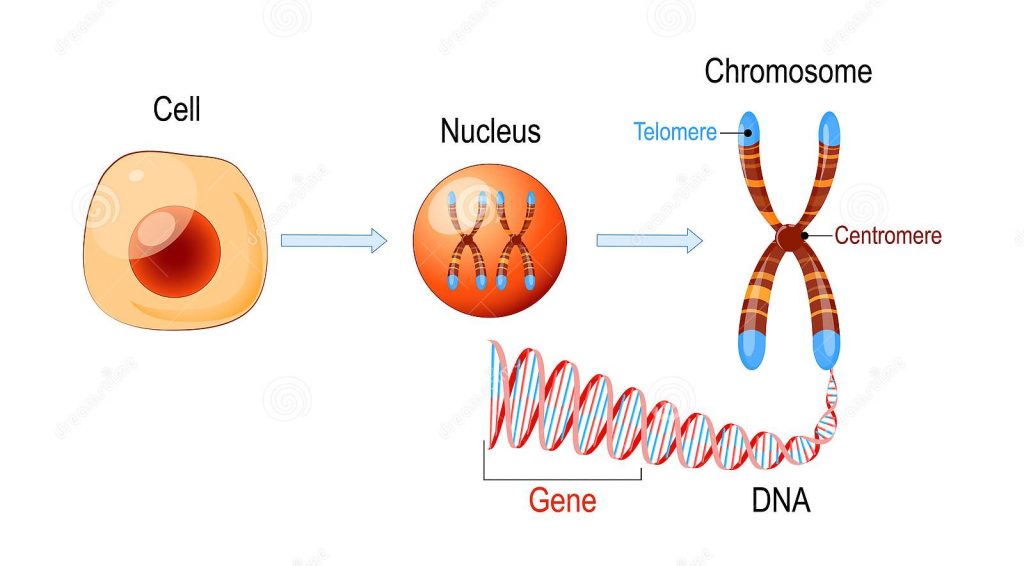
- Genetics helps explain a lot of things, like what makes a person unique, why he looks like other members of his family, and why some diseases run in his family.
- Taking time to learn about genetics can help us understand our own health and make healthy choices. Genes that do not work correctly can cause problems. A group of rare diseases are caused when a single gene stops working normally.
So, Now we need to know what is chromosome in nucleus.
Chromosome is a thread-like structure of nucleic acids and protein located within the nucleus of the living cells and are mainly involved in carrying genetic information in the form of genes.
The Chromosomal Theory of Inheritance
- Chromosomal theory of Inheritance came into existence long after Mendelian genetics.
- The chromosomal theory of inheritance was given by Boveri and Sutton in the early 1900s.
- It is the fundamental theory of genetics.
- According to this theory, genes are the units of heredity and are found in the chromosomes.
- Sutton and Boveri observed the behavior of the chromosomes when the cells were divided. They proved Mendel’s laws with the help of chromosomal movement. They showed the segregation of the chromosomes during the Anaphase of cell division. The idea of chromosomal segregation combined with the Mendelian principles gave rise to the chromosomal theory of Inheritance.
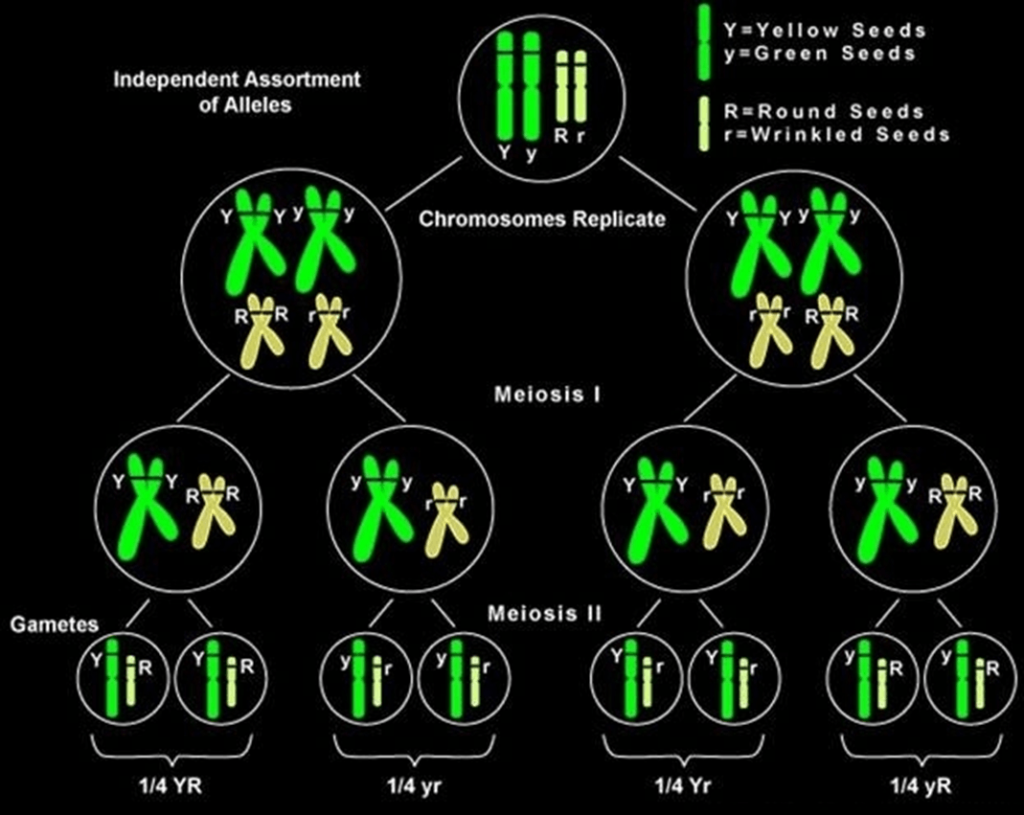
Linkage
- Genetic linkage describes the way in which two genes that are located close to each other on a chromosome are often inherited together.
- When two or more characters of parents are transmitted to the offspring of few generations such as F1, F2, F3 without any recombination, they are called as the linked characters and the phenomenon is called as linkage.
- This is a deviation from the Mendelian principle of independent assortment.
- Mendel’s law of independent assortment is applicable to the genes that are situated in separate chromosomes. When genes for different characters are located in the same chromosome, they are tied to one another and are said to be linked.
- They are inherited together by the offspring and will not be assorted independently.
- Thus, the tendency of 2 or more genes of the same chromosome to remain together in the process of inheritance is called Jim Linkage.
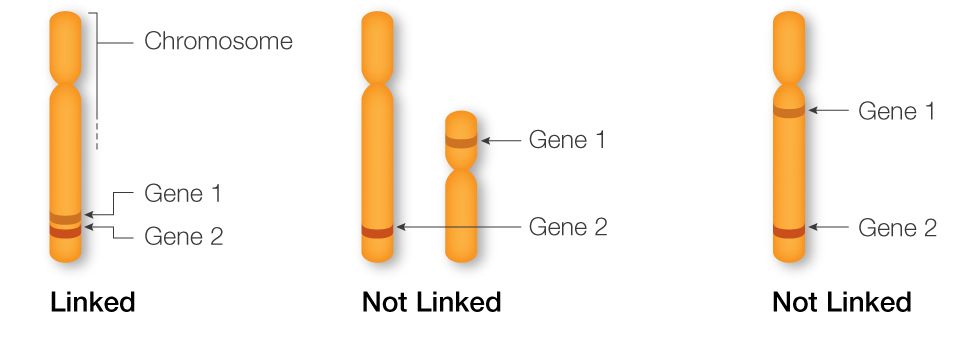

Autosomal linkage
- Autosomal linkage, or simply, linkage, refers to inheritance of the genes on a given autosomal chromosome from parents.
- Letters used to represent such genes are normally written without a slash mark between them, indicating that they are on the same chromosome. For example, AB/ab shows that genes A and B are on the same chromosome.
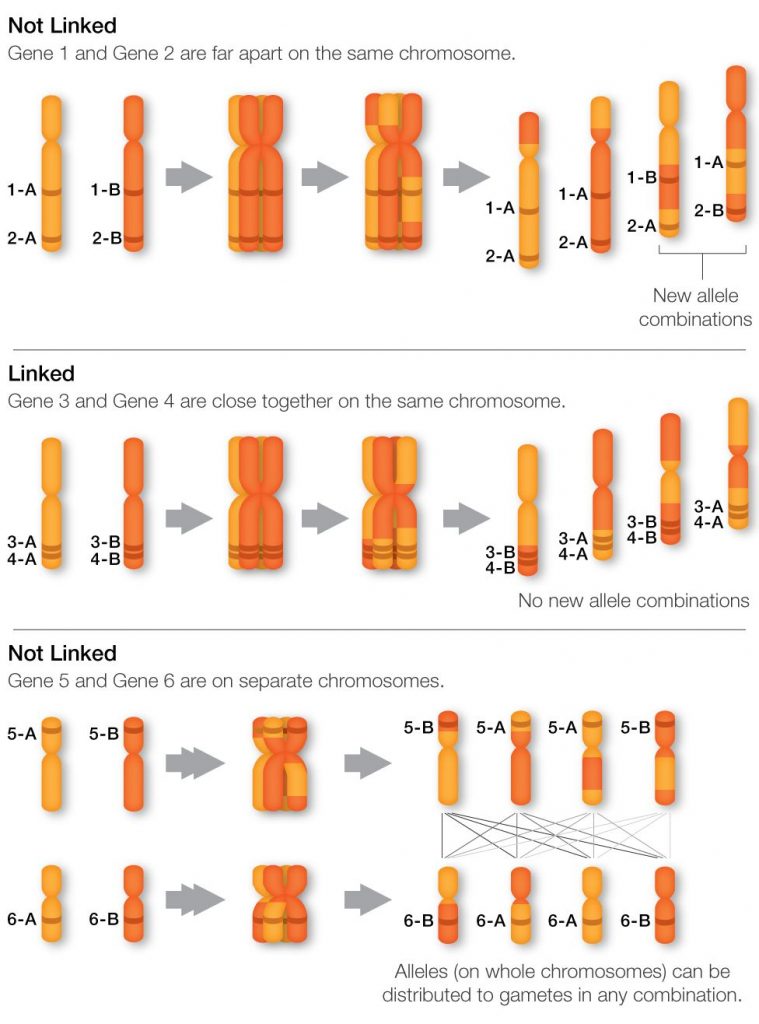
- Interestingly, Mendel studied seven characteristics of garden peas, which assorted independently because they were on seven different chromosomes. If he had studied eight characteristics, he would not have found independent assortment in two of the traits because garden peas have only seven pairs of homologous chromosomes.
- In Drosophila, in which this principle has been studied most extensively, there are four linkage groups that correspond to the four pairs of chromosomes found in these fruit flies. Usually, small chromosomes have small linkage groups, and large chromosomes have large groups.
Discovery of Autosomal Linkage
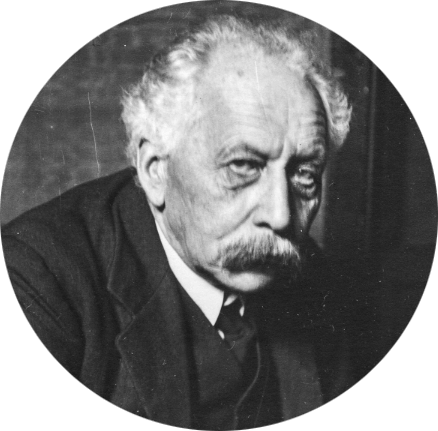
- In 1905, William Bateson, Edith Rebecca Saunders, and Reginald C. Punnett noted that the traits for flower color and pollen shape in sweet pea plants appeared to be linked together.
- They do not assort independently as per Mendel’s law of independent assortment.
- A few years later, in 1911, Thomas Hunt Morgan, who was studying heredity in fruit flies, noticed that the eye color of a fly was associated with the fly’s sex and hypothesized that the two traits were linked together.
- These observations led to the concept of genetic linkage, which describes how two genes that are closely associated on the same chromosome are frequently inherited together.
- In fact, the closer two genes are to one another on a chromosome, the greater their chances are of being inherited together or linked. In contrast, genes located farther away from each other on the same chromosome are more likely to be separated during recombination, the process that recombines DNA during meiosis.
- The strength of linkage between two genes, therefore, depends upon the distance between the genes on the chromosome.
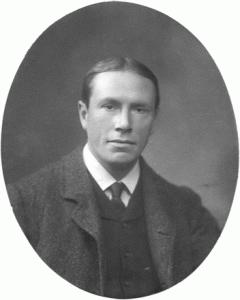
Reginald Crundall Punnett, source here - When two different varieties of sweet pea- one having red flowers and round pollen grain and other having blue flower and long pollen-grain were crossed, the F1 plants were blue flowered with long pollen (because blue long characters were respectively dominant over red and round characters).
- When this blue-long(heterozygous) hybrids were crossed with double recessive red-round (homozygous) individuals (test cross) they failed to produce expected 1:1:1:1 ratio in F12 generation.
- These actually produce following four combinations in the ratio of 7:1:1:7 (where, 7 blue long: 1 blue round: 1 red long: 7 red round).
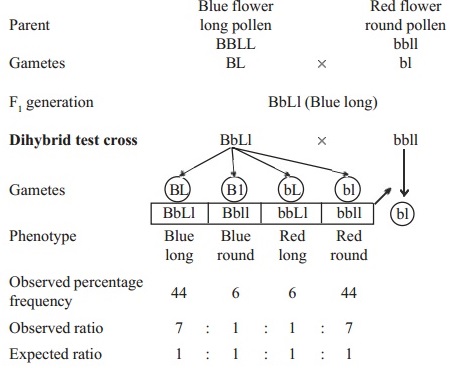
- The above result of the test cross clearly indicates that the parental combinations (blue, long and red, round) are seven times more numerous than the non-parental combinations.
- Bateson and Punnett suggested that genes (B and L) coming from the same parent (BBLL × bbll) tend to enter the same gamete and to be inherited together (coupling). Similarly, the genes (B and l) coming from two different parents (such as BBLL × bbll), tend to enter different gametes and to be inherited separately and independently.
Types of Linkage
Linkage is of two types, complete and incomplete.
Complete linkage
- Discovered by Morgan, 1919
- The genes located on the same chromosome do not separate and are inherited together over the generations due to the absence of crossing over.
- Complete linkage allows the combination of parental traits to be inherited as such.
- It is rare but has been reported in male Drosophila and some other heterogametic organisms.
- E. g.- In Drosophila, genes of grey body and long wings are dominant over black body and vestigial (short) wings. If pure breeding grey bodied long winged Drosophila (GL/GL), the F2 shows a 3:1 ratio of parental phenotypes ( 3 grey body-long winged and one black body-vestigial winged)
- This is explained by assuming that genes of body color and wing length are found on the same chromosome and are completely linked.
Incomplete Linkage
- Genes present in the same chromosome have a tendency to separate due to crossing over and hence produce recombinant progeny besides the parental type.
- The number of recombinant individuals is usually less than the number expected in independent assortment.
- In independent assortment all the four types (2 parental types and 2 recombinant types) are each 25%.
- In case of linkage, each of the 2 parental types is more than 25% while each of the recombinant types is less than 25%.
- g.- A red eyed normal winged or wild type dominant homozygous female Drosophila is crossed to homozygous recessive purple eyed and vestigial winged male. The progeny or F1 individuals are heterozygous red eyes and normal winged. F1 female flies are test crossed with homozygous recessive males. It does not yield the ratio of 1:1:1:1. Instead the ratio comes out to be 9:1:1:8. This shows that the 2 genes didn’t segregate independently of each other.
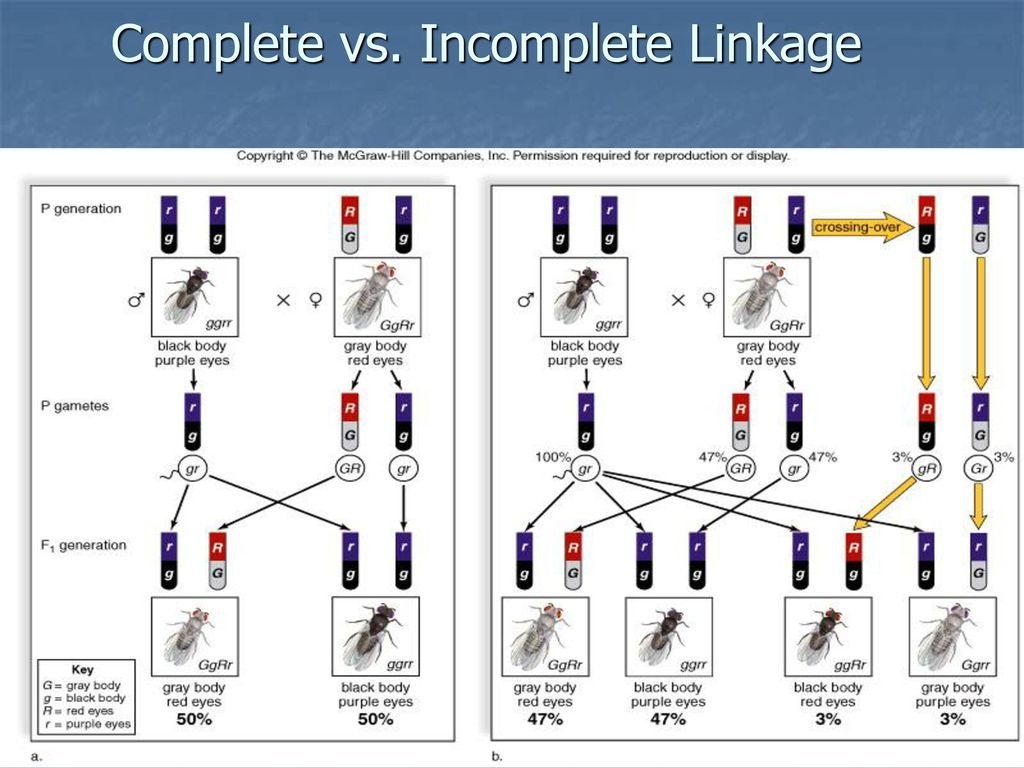
Crossing Over
- Linkage, however, is usually not complete.
- Paired homologous chromosome undergo crossing over, so genes can be separated.
- If we perform an experiment in which animals such as Drosophila are crossed, we find that linked traits separate in some percentage of the offspring. Separation of alleles located on the same chromosome occurs because of crossing over.
- Crossing over is a means for exchanging genes between homologous chromosomes and as such greatly increases the amount of genetic recombination.
- The frequency of crossing over varies depending on the species, but usually at least one and often several crossovers occur each time chromosomes pair.
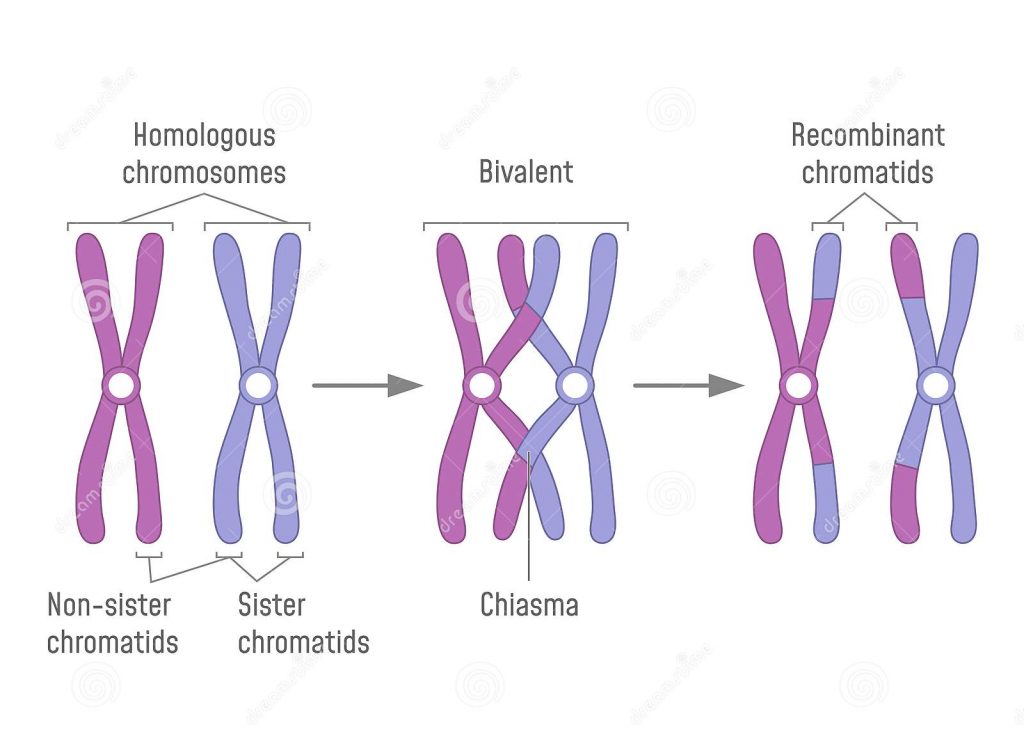
- Crossing over causes recombination.
- Because the frequency of recombination is proportional to the distance between loci, the comparative linear position of each locus can be determined. Genes located far apart on very large chromosomes may assort independently because the probability of a crossover occurring between them in each meiosis is close to 100%.
- Such genes are found to be carried on the same chromosome only because each one is genetically linked to additional genes located physically between them on the chromosome. Genetic experiments indicate the positions of more than 500 genes distributed on the four chromosomes of Drosophila melanogaster.
- So, genes on the same chromosome could be separated as they went through meiosis and that new combination of genes could be formed. This phenomenon is called recombination.
- So, Independent assortment can take place only if genes are located on different homologous chromosomes. Ex- 7 traits that Mendel studied were located on 7 different homologous chromosomes.
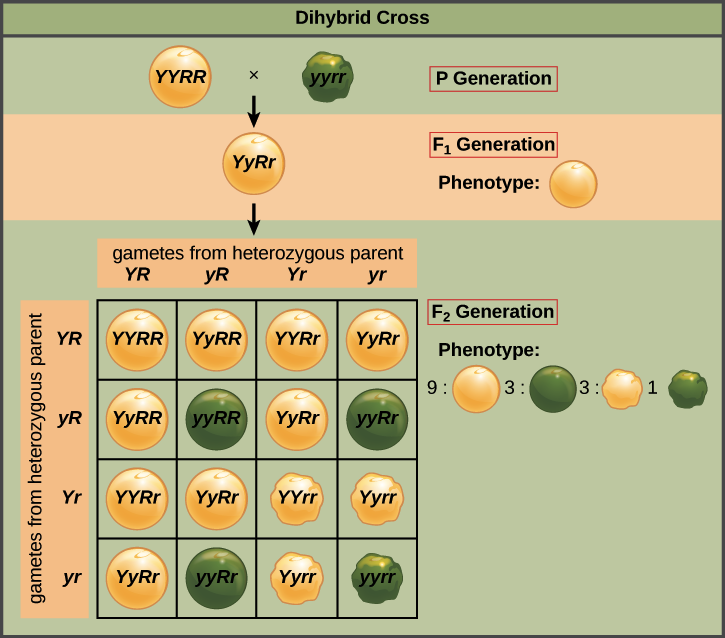
- But the law of Independent assortment some times breached. Linked genes can’t assort independently as they are transferred in block.
Reference
- Book- Principles of Genetics by D. Peter Snustad and Michael J. Simmons.
- From class lecture by Dr. Rita Sarah Borna Ma’am, Assistant Professor, Department of Botany, University of Dhaka.
- Genetic Linkage from Wikipedia.
 Plantlet The Blogging Platform of Department of Botany, University of Dhaka
Plantlet The Blogging Platform of Department of Botany, University of Dhaka






Your article helped me a lot, is there any more related content? Thanks!